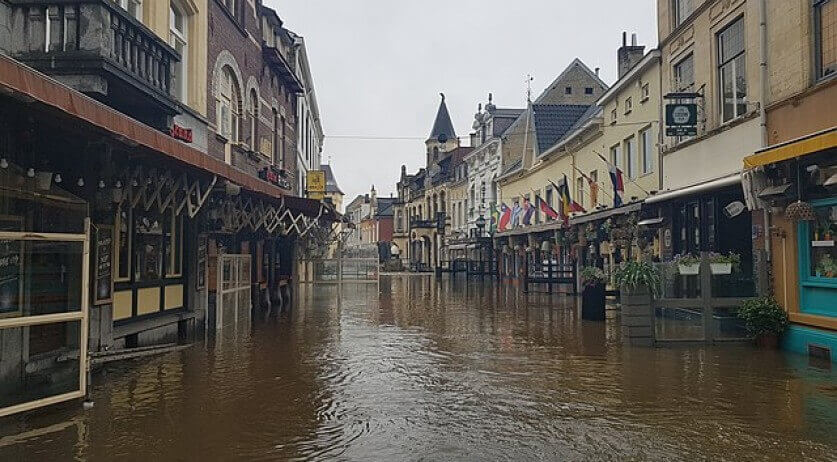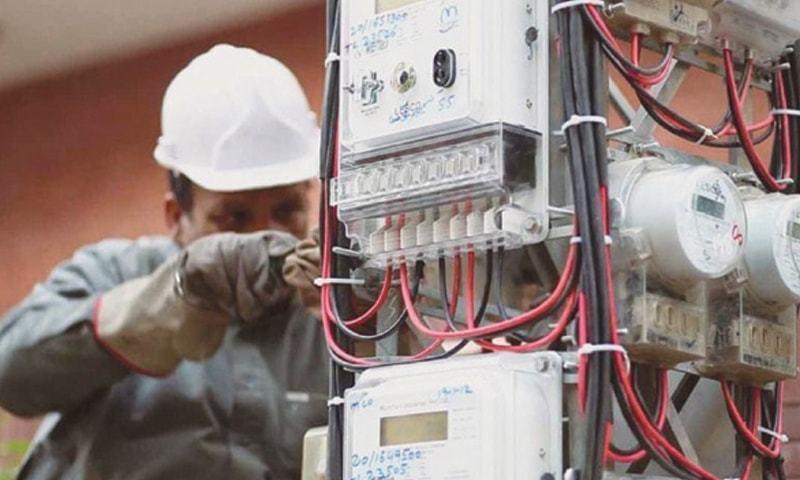The risks of climate change have also increased for the Netherlands, the KNMI warned in a new research report.
The Royal Netherlands Meteorological Institute (KNMI) is the Dutch national weather service. Primary tasks of KNMI are weather forecasting and monitoring of weather, climate, air quality and seismic activity. KNMI is also the national research and information centre for meteorology, climate, air quality, and seismology.
The Netherlands is a densely-populated, highly-technical community in a delta area. In the event of disasters, the chance of human loss and economic damage is high, which is why safety, as well as habitability and accessibility, have been high on the political and social agenda for many years. Among other things, this includes the consequences of extreme weather conditions, climate change, sea level rise, earthquakes, air quality, volcanic ash and solar storms.

The sea level on the Dutch coast may rise faster than previously expected, and the risk of extreme downpours in the summer will increase.The country may also be faced with drought more often than expected in previous calculations.
In line with the IPCC, the UN panel of client scientists, the KNMI notes that the climate in the Netherlands is also changing faster and faster. “This report highlights the urgency of rapidly developing climate change,” said the institute, which combined the IPCC’s insights with its own research findings.
If the greenhouse gas emissions that cause global warming are not reduced quickly, sea levels could rise by up to 1.2 meters by 2100. If the melting of the Antarctic ice sheet accelerates, the rise could reach 2 meters by the end of this century. In 2014, the KNMI’s calculations expected a maximum sea-level rise of 1 meter.
The Caribbean part of the Netherlands (Bonaire, Sint Eustatius, and Saba) may also have to deal with more extreme weather. The KNMI expects stronger hurricanes, with more precipitation on average.














